17-year-old female student disproves 40-year-old mathematical hypothesis
Hannah Cairo, a 17-year-old student born in the Bahamas, has surprised the mathematics world by finding arguments and evidence that refute the Mizohata-Takeuchi conjecture. This conjecture has existed for the past 40 years.
The Mizohata-Takeuchi conjecture belongs to the field of harmonic analysis, which deals with how frequency waves travel on curved surfaces.
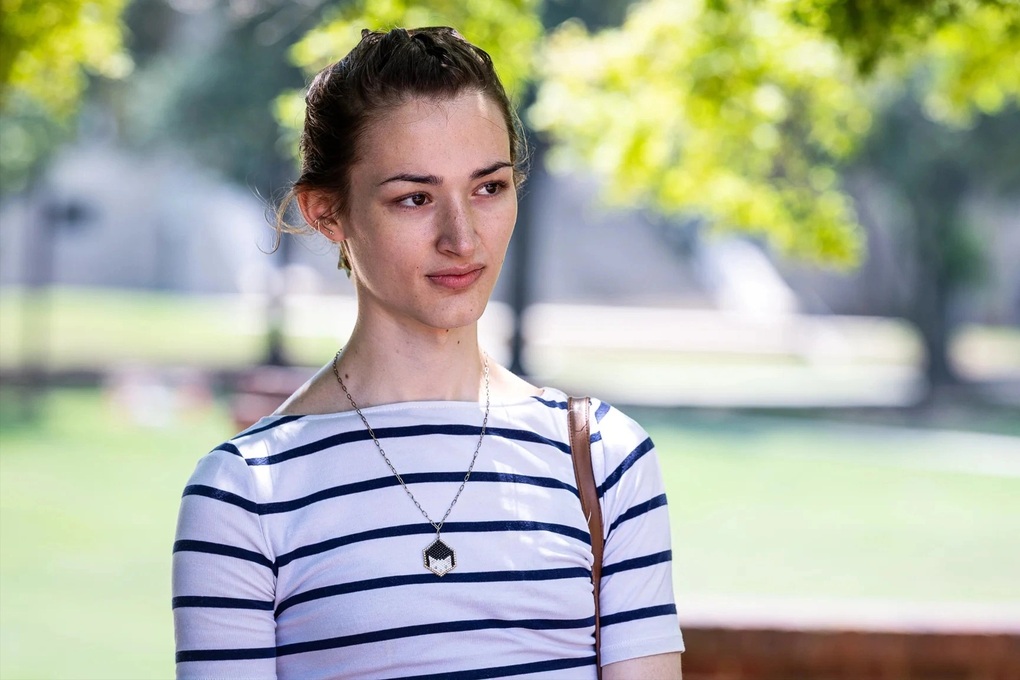
Female student Hannah Cairo (Photo: Quanta Mag).
Since the Mizohata - Takeuchi conjecture was proposed by two Japanese mathematicians Shigeru Mizohata and Kazuaki Takeuchi more than 40 years ago, many mathematicians have attempted to prove this conjecture correct, but no one has succeeded.
Meanwhile, Hannah Cairo has succeeded in proving this hypothesis wrong. With her exceptional mathematical ability, Cairo is about to pursue a PhD in mathematics at the University of Maryland (USA), even though she has no high school or college diploma.
Born and raised in the Bahamas, Cairo was homeschooled by her parents from a young age. Her parents encouraged her to pursue her passion. For Hannah, that was math.
Sharing with the media, Cairo said that since the age of 11, she has mastered calculus and self-studied advanced math content such as linear algebra, differential equations, topology... Cairo often studies by herself, combined with online learning with a number of highly qualified tutors.
The knowledge Cairo has acquired has long been beyond the normal school curriculum for his age. At the age of 14, Cairo applied to join the mathematics enrichment program of the Berkeley Math Club, affiliated with the University of California - Berkeley (USA).
Through online learning with the club, Cairo showed that she had indeed mastered the advanced math program at the university level. Therefore, she was accepted to the University of California - Berkeley, to study the advanced math program.
It was at the University of California, Berkeley, that mathematics professor Ruixiang Zhang introduced Cairo to the Mizohata-Takeuchi conjecture, a challenging conjecture in the field of Fourier limit theory, a branch of harmonic analysis.
As soon as Cairo came across the Mizohata-Takeuchi hypothesis, she assumed it was wrong, so she began searching for wave patterns that could disprove it.
Cairo finally found a wave model that could convincingly refute the hypothesis. She presented her arguments and evidence in the form of a scientific paper and sent it to Professor Zhang. He was amazed to find Cairo's arguments so solid and convincing.
Cairo’s paper was then posted to the arXiv preprint server. The response from the mathematical community to Cairo’s arguments was overwhelmingly positive. Many mathematicians expressed surprise and admiration for the 17-year-old, who was about to pursue a PhD without having a high school or college degree.
Mathematician who solved a century-old geometry problem
Earlier this year, the Kakeya conjecture in three-dimensional space was finally solved after a century of giving mathematicians a headache. The convincing solution that proves the correctness of the Kakeya conjecture has opened up new potential for a series of related fields.
To understand Kakeya’s conjecture, imagine holding a pencil and trying to rotate it in all directions in three-dimensional space, so that the volume it sweeps through is the smallest possible. It sounds simple, but this geometric problem has puzzled mathematicians for a century.

Chinese mathematician Hong Wang (Photo: Quanta Mag).
Earlier this year, two mathematicians - Associate Professor Dr. Hong Wang (mathematician from New York University, USA) and Associate Professor Dr. Joshua Zahl (mathematician from the University of British Columbia, Canada) - announced a way to solve the "Kakeya conjecture" in 3-dimensional space.
The solution of the two researchers is considered by experts to be a step forward of the century. The research work has been posted on the scientific manuscript storage system arXiv and received many positive reviews from experts. Some mathematicians commented that this is a rare solution, "waiting for a hundred years to appear".
The Kakeya conjecture emerged in 1917, when Japanese mathematician Sōichi Kakeya (1886-1947) asked the question: Is it possible to rotate a needle or pencil (a thin object) on a plane and create a swept area smaller than the area of a circle? Two years later, Russian mathematician Abram Besicovitch (1891-1970) gave the solution.
However, the problem becomes much more complicated when the problem is transferred from a flat surface to a three-dimensional space. At this point, the object, whether a thin needle or a pencil, will also pose problems in the solution process, because the thickness of the object begins to have an impact on the problem.
The question now arises: If we use a pencil as an object (the body of the object has thickness), what is the minimum volume that it sweeps when rotating in all directions in 3-dimensional space?
The question sounds quite simple, but in fact this is a difficult question that has puzzled mathematicians for the past century.
The Kakeya conjecture is the foundation of a "tower" of larger conjectures in geometry. Solving it would open up access to and conquest of higher levels of the knowledge tower, such as geometric measure theory, harmonic analysis, number theory, cryptography, and computer science.
Regarding Associate Professor Dr. Hong Wang - who contributed to finding the solution to the Kakeya hypothesis, she said she was fascinated by the simplicity of this problem. "I just wanted to understand why a seemingly simple problem is so difficult," Wang shared simply with the media.
Professor Terence Tao (lecturer at the University of California Los Angeles, USA) - winner of the 2006 Fields Medal - commented: "This is a spectacular step forward in geometric measure theory, which can be considered one of the remarkable mathematical achievements of the 21st century".
Source: https://dantri.com.vn/giao-duc/hai-bong-hong-gay-sot-gioi-toan-hoc-trong-nam-2025-20250815203410313.htm


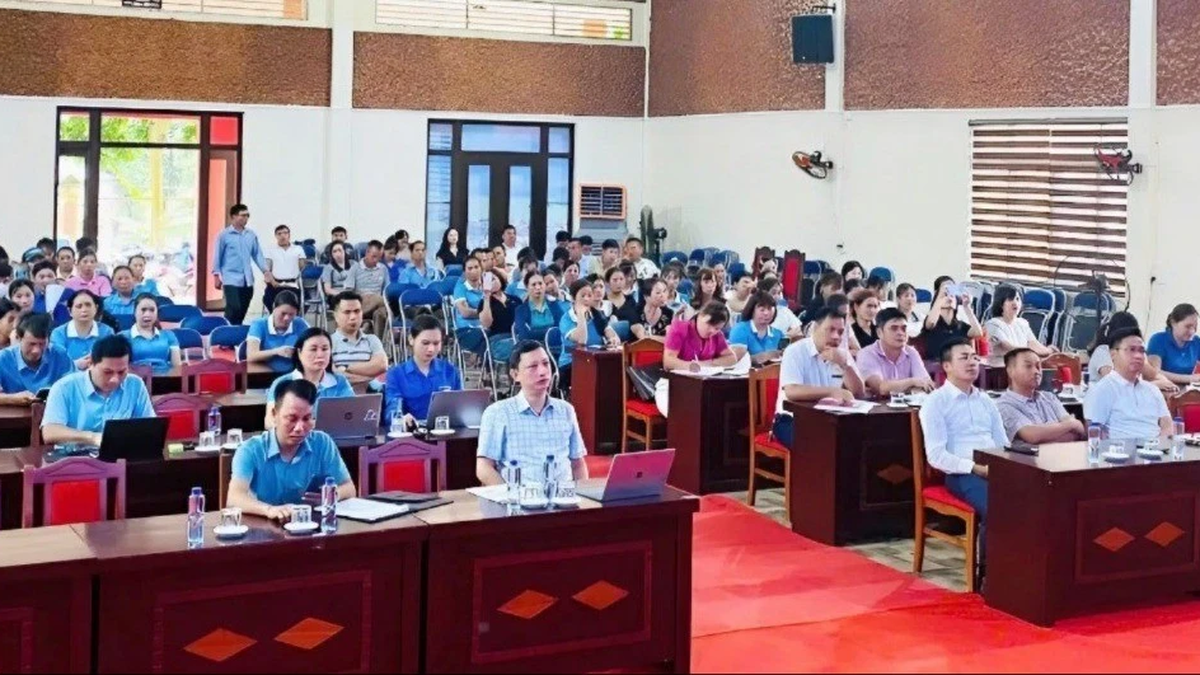
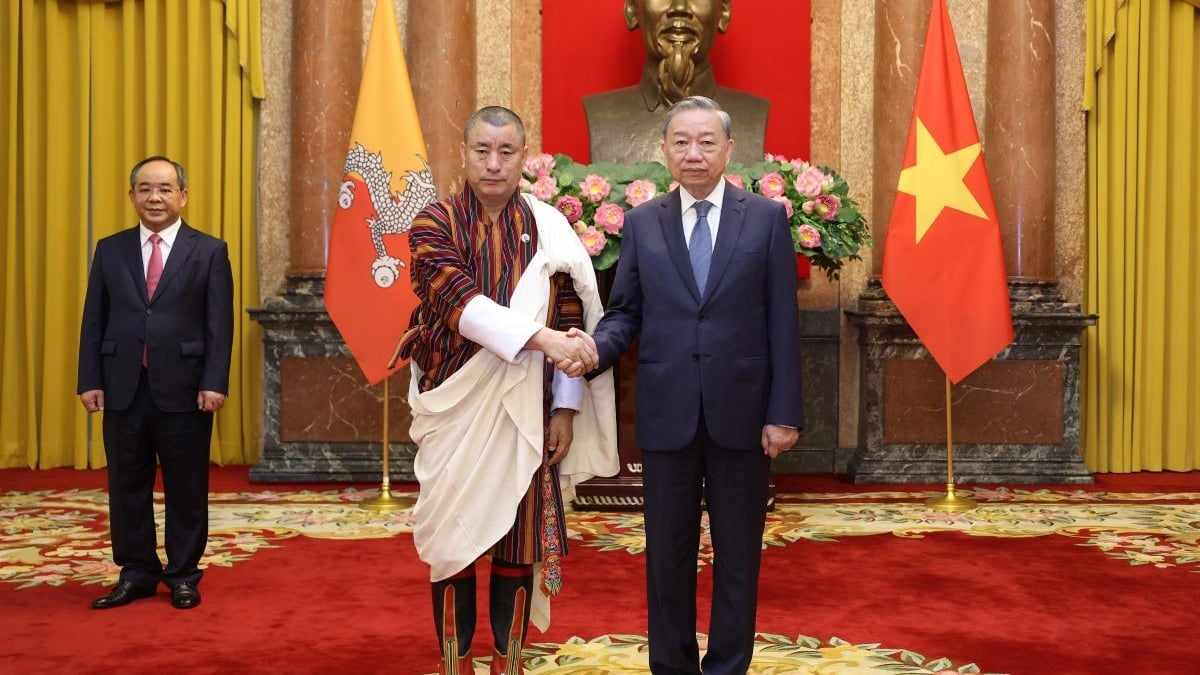


















![[Photo] General Secretary attends the inauguration ceremony of the Ministry of Public Security Headquarters](https://vphoto.vietnam.vn/thumb/1200x675/vietnam/resource/IMAGE/2025/8/16/3ceec3a24ef945c18ae2b523563b749d)

![[Photo] “Moving forward with Vietnam” on the most romantic road in Vietnam](https://vphoto.vietnam.vn/thumb/1200x675/vietnam/resource/IMAGE/2025/8/16/0ee500bc59fd4468863261ee26f47fe7)
![[Photo] National Assembly Chairman Tran Thanh Man attends the inauguration ceremony of President Ton Duc Thang Memorial House](https://vphoto.vietnam.vn/thumb/1200x675/vietnam/resource/IMAGE/2025/8/16/23555950872d428a8708a1e2f94cbf59)
![[Photo] Red and yellow stars at the launching ceremony of the program "Moving Forward with Vietnam"](https://vphoto.vietnam.vn/thumb/1200x675/vietnam/resource/IMAGE/2025/8/16/076df6ed0eb345cfa3d1cd1d7591a66f)



![[Photo] National Assembly Chairman Tran Thanh Man attends the program "Returning to the source - Towards the future"](https://vphoto.vietnam.vn/thumb/1200x675/vietnam/resource/IMAGE/2025/8/16/d081d9c162ee4ed9919e723aa322a53a)












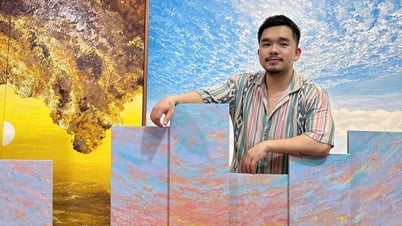
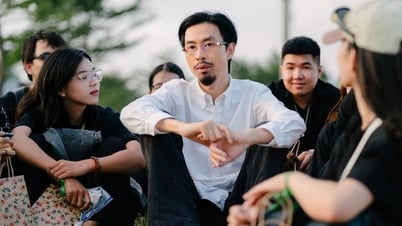
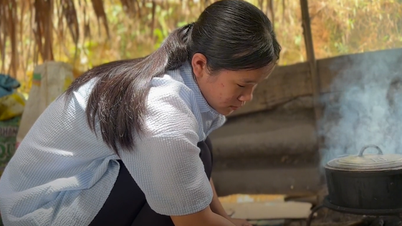




















































Comment (0)